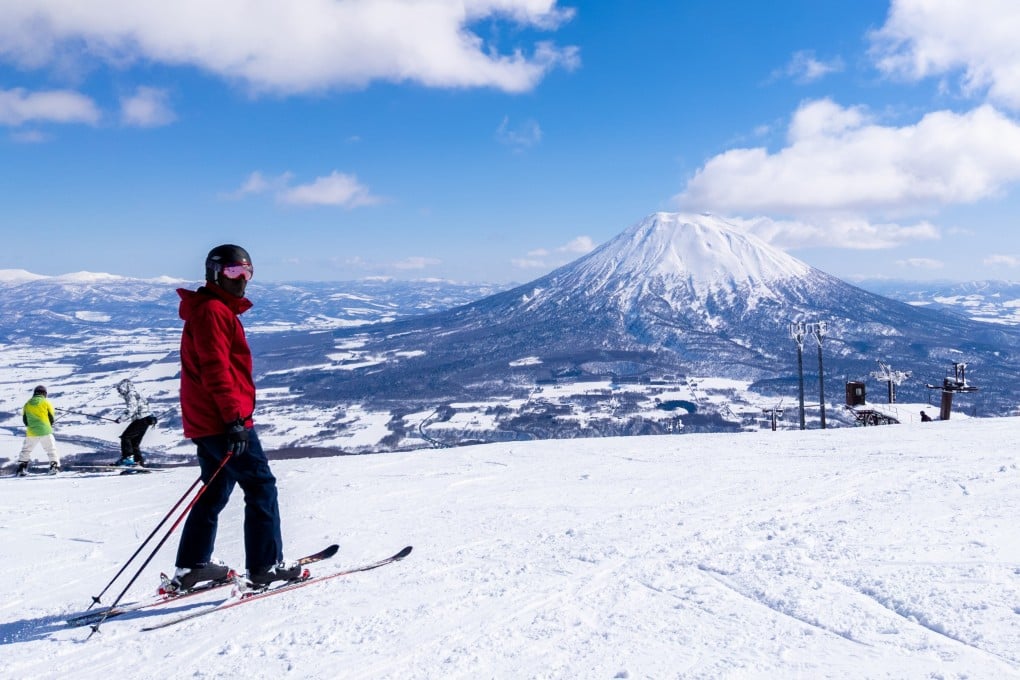Hokkaido’s famous powder snow at risk as global warming threatens tourism, daily life
A study predicts rising temperatures could transform the region’s light, fluffy snow into heavier, wetter flakes similar to those found in Honshu

To date, global temperatures are around two degrees higher than the average recorded in 1900, and there are concerns about the difficulty of reversing this trend or even stabilising current levels.
The scientists’ research, published in the Journal of Applied Meteorology and Climatology in July, examined the composition of snowflakes in Hokkaido and Honshu. The researchers found, ice particles in the colder atmosphere above Hokkaido absorb water vapour and develop into shapes such as needles, plates or dendrites.
These delicate flakes fall as smoother and lighter snow, commonly found in Hokkaido.
In Honshu, by contrast, snowflakes are typically formed by crystals that attract rime – a coating of tiny, frozen water droplets from the air – which makes them heavier and more similar to soft hail.
